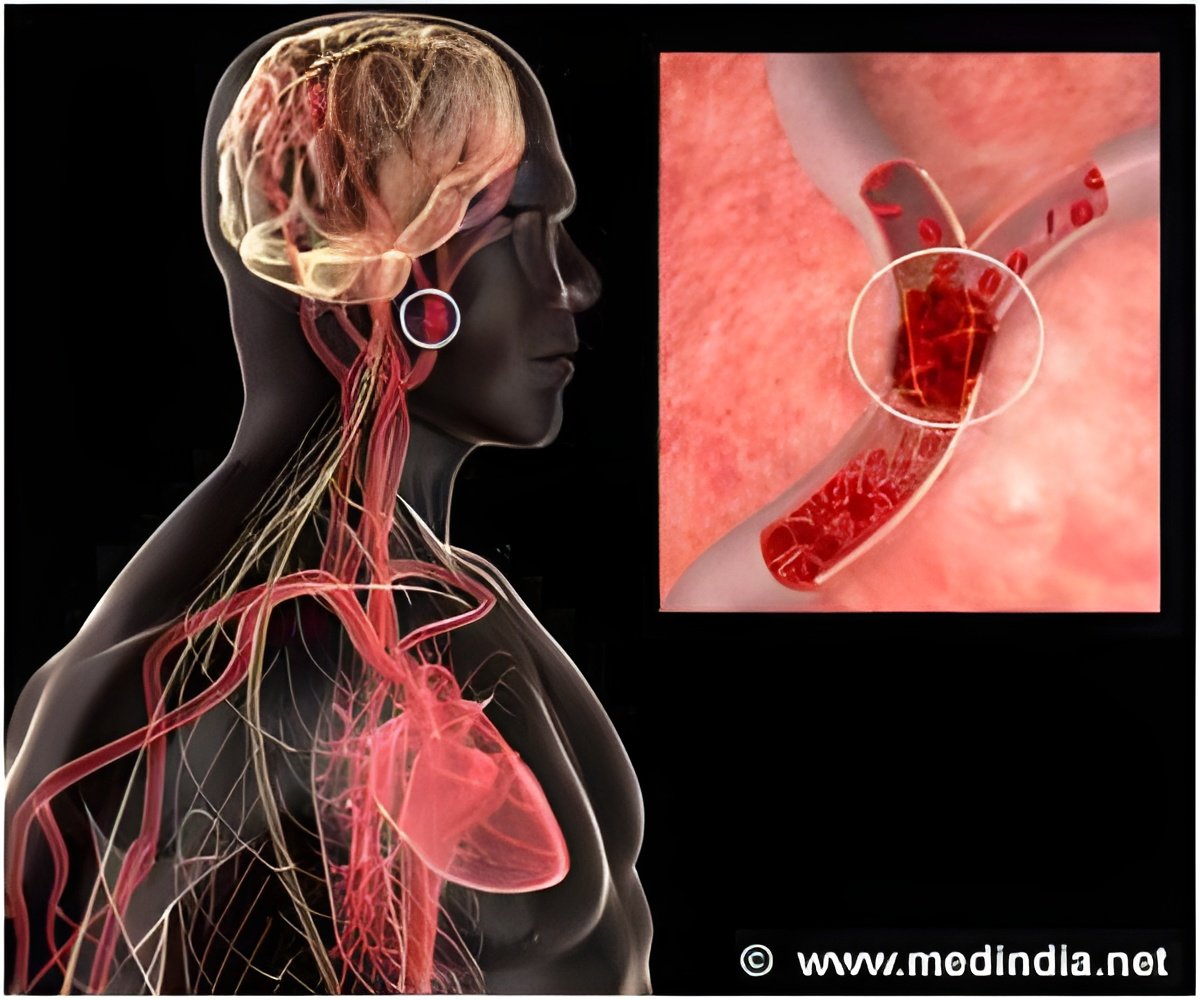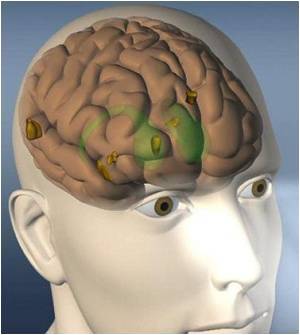For ischemic stroke studies induced by middle cerebral artery occlusion, rodents are frequently used as animal models. However, their anatomic structure is significantly different from humans. Thus, recent studies have focused on developing stroke models in large animals with similar anatomic structure as the human brain.
The swine have several properties resembling the human brain, including brain volume and weight, quantity of cortical gyri and the percentage of white matter to gray matter. These properties allow evaluation of conventional cerebral imaging techniques and simulation of some surgical approaches. Moreover, the swine is more cost-effective, easy to feed and obtain compared with non-human rodents, and are thus an ideal model. However, the abnormal capillary net at the branch of common carotid artery in swine makes it difficult to establish an ischemic stroke model by middle cerebral artery occlusion via the common carotid artery.
According to a study in the
Neural Regeneration Research (Vol. 8, No. 16, 2013), an ischemic stroke model was established successfully in the miniature pig by blocking the skull base retia with sodium alginate microspheres. These findings indicate that sodium alginate microspheres are a suitable embolic material for blocking the skull base retia in miniature pigs to establish an ischemic stroke models. This method challenges the concept that the swine cannot be used to establish models of ischemic cerebrovascular diseases, and provides a stable and reliable model for studying pathogenesis, pathophysiologic changes, molecular biologic changes and development of safe and effective drugs for cerebral infarction-induced brain ischemia.
Source-Eurekalert
















